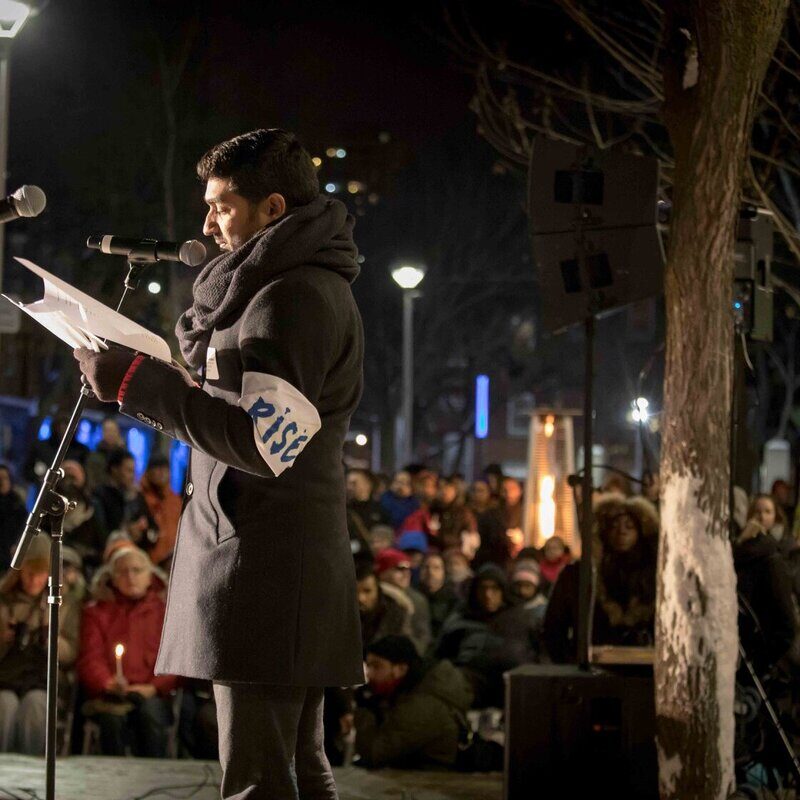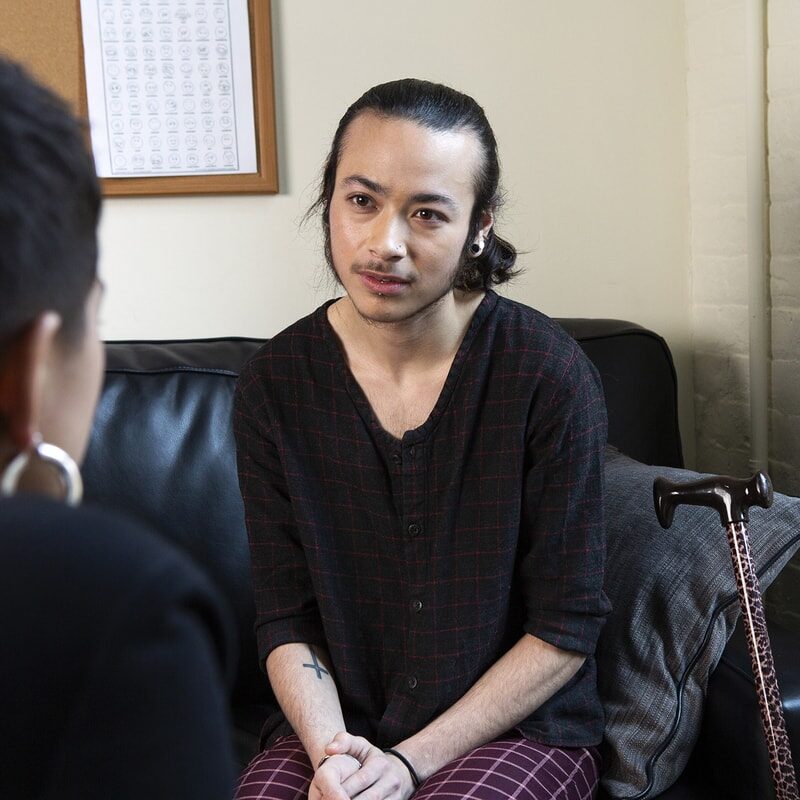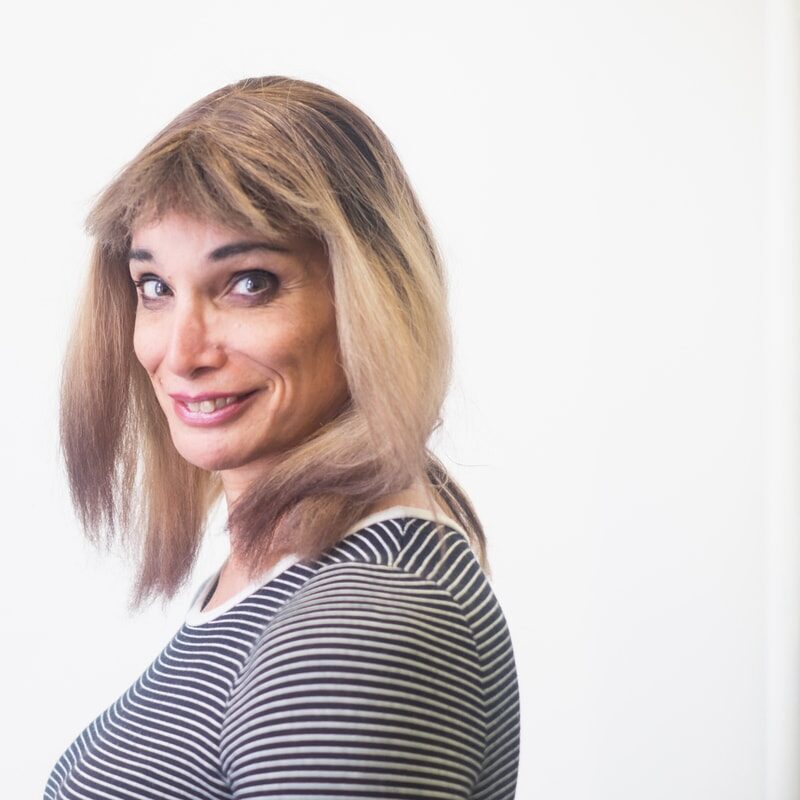Focus On: Interviewing & Editorial
It’s not just what you create, it’s how you create it. Affirming interview and editorial practices create safety for community and a better story for audiences.

Questions to Ask Before Reporting a Story
Thinking through these questions will help you reflect on whether you should go forward with a story—or, if it has been assigned to you, how you could approach it differently.
Interview Considerations
Satisfied with your answers to the questions above? Here are a few tips to make the reporting process more comfortable for trans and gender-diverse folks and marginalized communities in general. We’ve chosen to call these “considerations” as we recognize it might not be possible to put every suggestion into place.
Preparing for an Interview
Before Starting an Interview
During an Interview
After an Interview

Interview Checklist
Check the spelling and pronunciation of someone’s full name and job title (when relevant)
Confirm the pronouns a person wants to use for the story
Get someone’s contact information to follow-up about story approval. If they don’t have a phone or email address, ask if there’s a person or agency you can contact to reach them.
Explain when the story will be published or aired
But What About Objectivity and Impartiality?
Journalistic objectivity and impartiality are a myth, and we’re not the first to say it. We all hold implicit biases influenced by our experiences, privileges, and personal identities.
Building relationships and trust with trans and gender-diverse folks won’t inhibit your ability to report fairly on those communities. Neither will working alongside a source to share their story in a more thoughtful, respectful way.
Both will give you greater context, empathy, and understanding, which can only benefit a story.
“If you decide you’re going to do a story for the right reasons, then listen and let the person or people tell their story.. Every story is going to be different, and you can’t be in interrogation mode. It has to be done in a very sensitive way, knowing that people have suffered and can be triggered by different types of questions.”
- Christy Joseph (she/her), Peer Outreach Worker with The 519’s Trans People of Colour Project (TPOC)

Editorial Pushback
A person’s own wishes for if and how they want to be identified aren’t always going to align with newsroom policy or Canadian Press Style.
These situations need to be dealt with on a case-by-case basis. While journalists are in a position of power when interviewing community members, we recognize the tables may turn when it comes to newsroom hierarchies.
Uncomfortable as it may be, it’s important for journalists to take a stand for community members because there may be risks if you get it wrong. There’s also a certain sense of ownership that accompanies a story—it’s your byline or sign-off, after all. Be willing to have those hard conversations with editors because at the end of the day, it’s your name and credibility on the line.
For more on how to challenge institutional norms within your newsroom, visit the Next Steps for Learning and Allyship page.
Resources
There are no cards in the interviewing and editorial category.
Still have questions? Connect with us.
Get in touch with our media relations team, book an education and training session, or flag a story that shows what good reporting looks like in action.